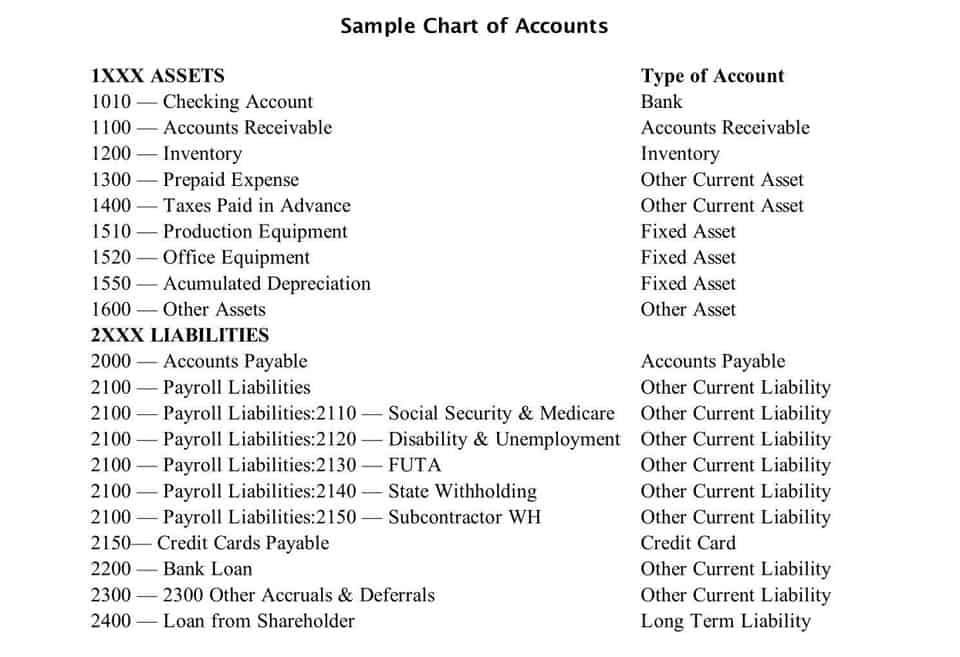We must explain to you how all seds this mistakens idea off denouncing pleasures and praising pain was born and I will give you a completed accounts off the system and expound the actually teaching.
Business
What Is An EFT Payment?

Electronic Funds Transfer (EFT) is a digital payment method that enables the electronic movement of funds between different accounts. It allows individuals, businesses, and financial institutions to send and receive money electronically, eliminating the need for physical checks or cash payments. EFT has become a fundamental aspect of modern banking, revolutionizing the way we conduct financial transactions. Electronic Funds Transfer, commonly known as EFT, has revolutionized the way we handle financial transactions in the modern world.
Ready to save time and money?
Download our eBook, “Comparing the Top Global Payment Methods” to learn how to use the best electronic payment methods. You may need to provide routing and account numbers for your bank account, as well as authorize the entity to initiate electronic transfers. Some companies may also have online portals or mobile apps that you can use to set up EFTs. Electronic transfers are also processed through secure systems, which include encryption and other security measures to protect personal and financial information. On the other hand, when making a payment with a debit card, the information will be automatically provided and then authenticated at the point of sale.

Electronic Checks

To initiate an electronic transfer, you typically need to provide the recipient’s routing and account numbers for their bank account. You may also need to provide your own account information if you are initiating the payment from your own account. Take common sense precautions when using any sort of electronic payment — but EFT payments are normally far safer than using cash or checks which can be lost or what are retained earnings stolen more easily. That also means there’s no need for physical documents like checks or cash, which can speed up processing times and means some EFT payments are extremely cheap to arrange.
Understanding EFT full form, process & benefits
The EFT can happen between accounts within one bank or between accounts across multiple banks. Other transaction types that are considered EFT include direct deposit, ATMs, virtual cards, e-Checks (used globally), peer-to-peer payments, and personal computer banking. An electronic Retail Accounting funds transfer (EFT) is a digital transfer of cash through an online payment system. Cash transactions on-premises paid using paper and coin currency like dollar bills and quarters are not considered EFT. An electronic funds transfer (EFT), or direct deposit, is a digital money movement from one bank account to another.

An electronic funds transfer (EFT) is the process of moving money from one account to another, electronically. The two accounts can be at the same bank or at two different banks if both financial institutions are on the Automated Clearing House (ACH) network. In simple terms, an electronic funds transfer, or “EFT,” is merely the digital way of transferring funds from one bank account to another. This process, also known as “electronic banking,” allows you to move money electronically. Since the transaction doesn’t involve any materials exchanging hands, the process doesn’t require in-person interactions with banking staff. what is an eft During the point-of-sale phase of a transaction, a credit card or debit card is the most commonly used form of payment worldwide, replacing cash.
For example, your company may authorize that the bank automatically pays its recurring software subscription bills from its checking account when due on a monthly basis. Learn how to expertly execute global payments for streamlined accounts payable and business efficiency. Instead of waiting for checks to arrive, you can sit back and relax as funds are directly deposited into your account—and automatically recorded to help keep everything organized.
What Is A Transaction In Banking
- You make virtual payments to vendors, other companies, utility providers, or your employees.
- Discover the many different aspects of an electronic funds transfer and whether it’s the right decision for your financial situation.
- When you initiate an EFT, your bank sends a request to transfer money from your account to the recipient’s account.
- With just a few simple steps, users can initiate and authorize transactions through online banking platforms or payment applications.
- Direct Deposit of payroll in an employee’s bank account is another type of EFT, using ACH.
- Most employers will offer to pay salary by EFT using a direct deposit.
Likewise, if you’ve used an app on your smartphone to send money to a friend for a restaurant tab, you’ve used EFT technology. Paycron offers various payment options, from high-risk merchant accounts to eCheck payment processing. You can choose the payment method that suits your industry and payment needs. Recurring EFT payments allow businesses to automate payroll, subscription, and vendor payments, saving time and reducing errors. Paycron merchant accounts automate these transactions most simply. You can purchase, pay bills, or use your cards to move money from a business bank account to another.
Why Choose EFT Payments Over Traditional Methods?
- Foreign transaction fees and exchange rates will apply to varying amounts, so it’s important to know that information to keep books in order.
- If you’ve ever used an ATM or even received a direct deposit, you’ve received funds thanks to an electronic transfer.
- Every transaction starts from somewhere, and if you’re running a business, you always make virtual payments.
- Some EFT payments can be instant, which can be beneficial, but if you send money to the wrong person, it will be difficult to get it back.
- For these examples, the customer paying bills could instead select recurring credit card transactions as the payment method, which is another type of electronic funds transfer (EFT).
- Being able to handle banking tasks straight from the comfort of your home is a reality thanks to online banking.
Electronic Fund Transfers work through a network of computers that process transactions between banks. When you initiate an EFT, your bank sends a request to transfer money from your account to the recipient’s account. This transaction is then processed by an Automated Clearing House (ACH) or similar system, which securely completes the transfer.

Some of the federal law’s key safeguards include error-resolution procedures and fraud-protection measures. And EFT technology makes it easy to do business where you want. You can buy groceries from your living room and tip your Uber or Lyft driver from your mobile device. You can put all of your household bills on auto-pay each month, avoiding late charges.

Post Comment